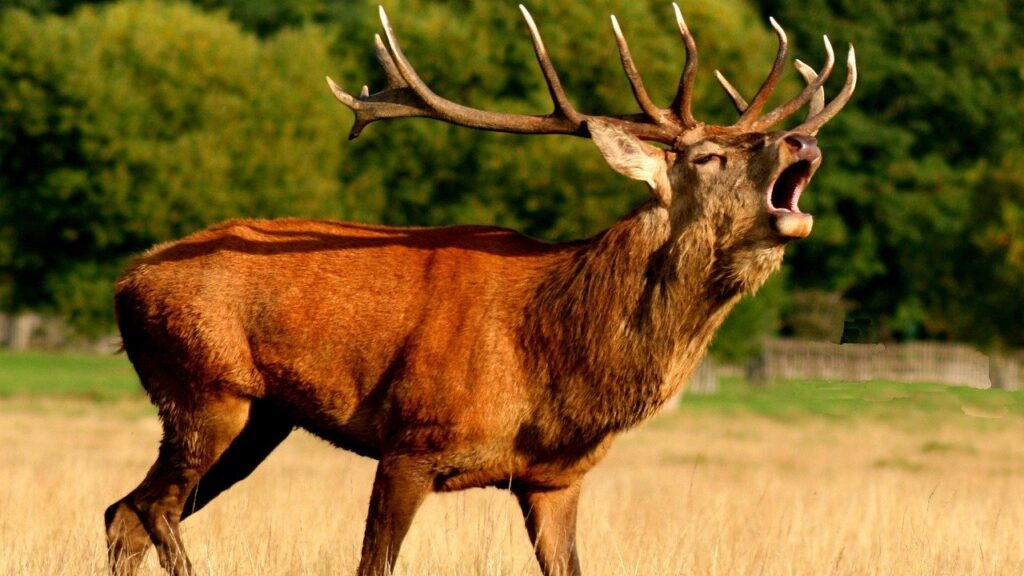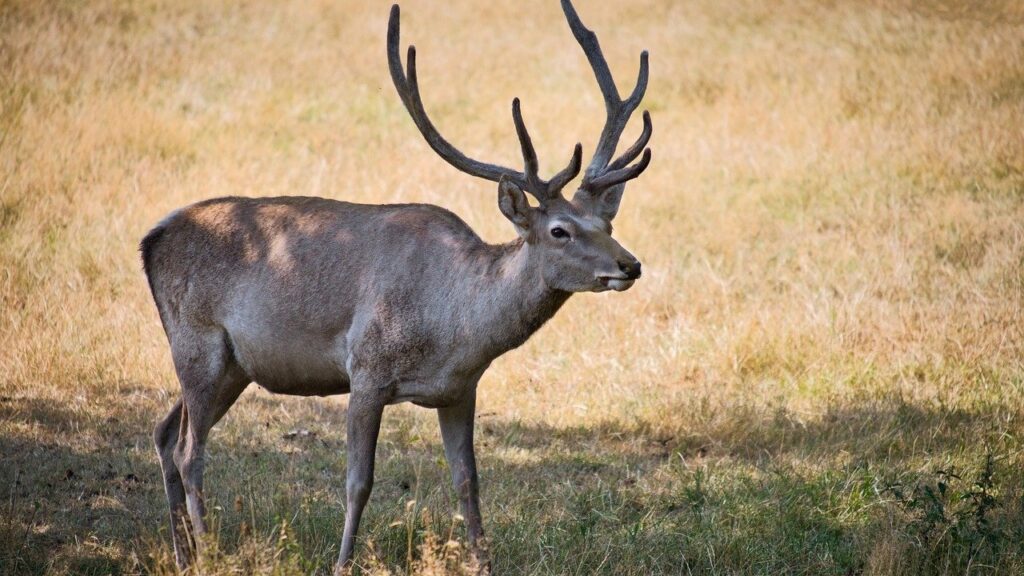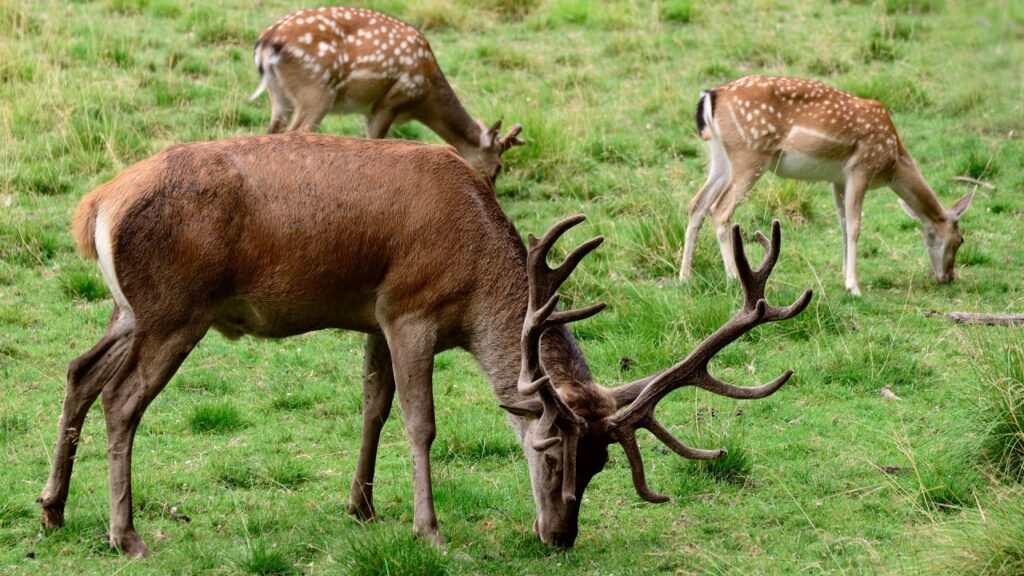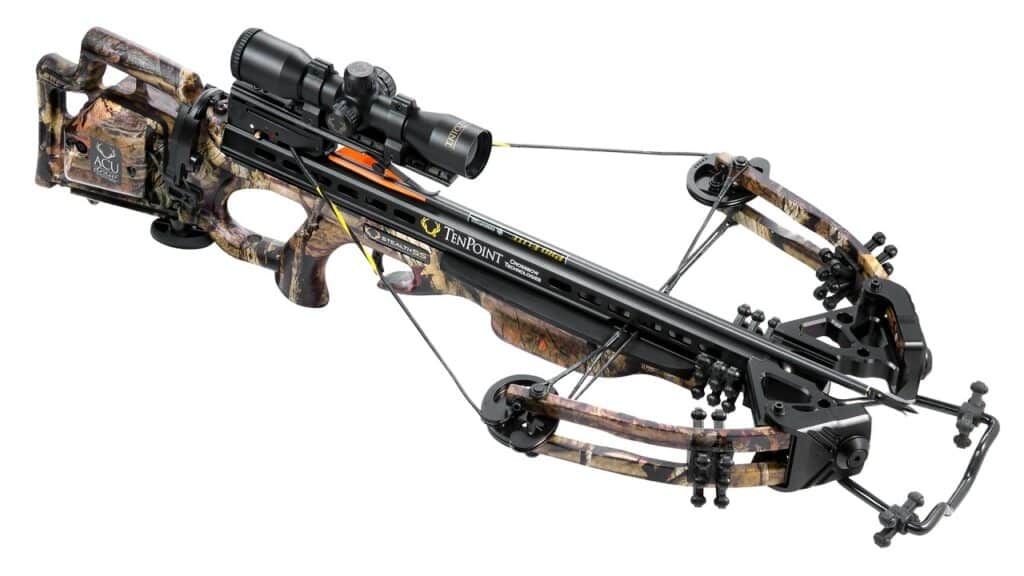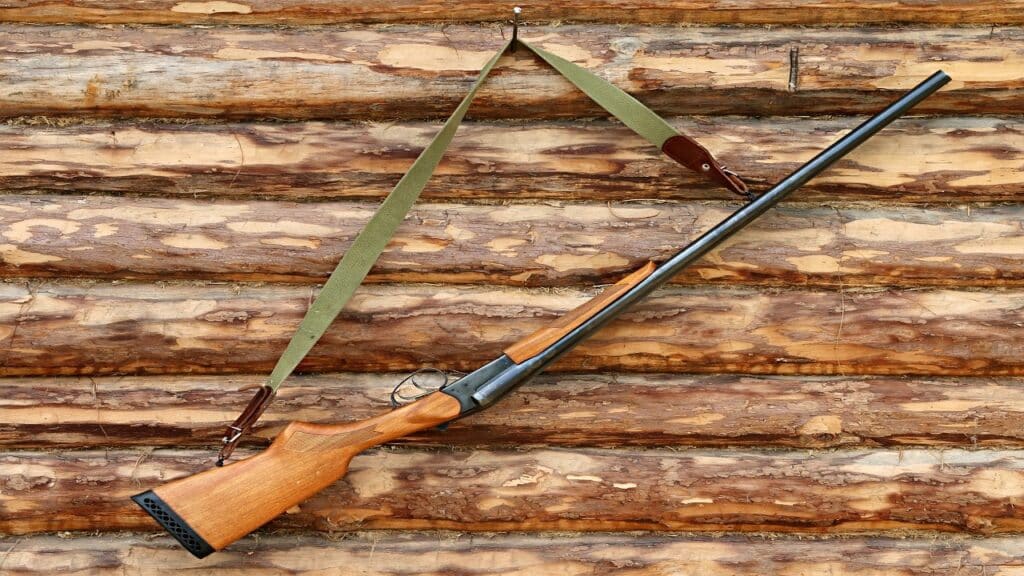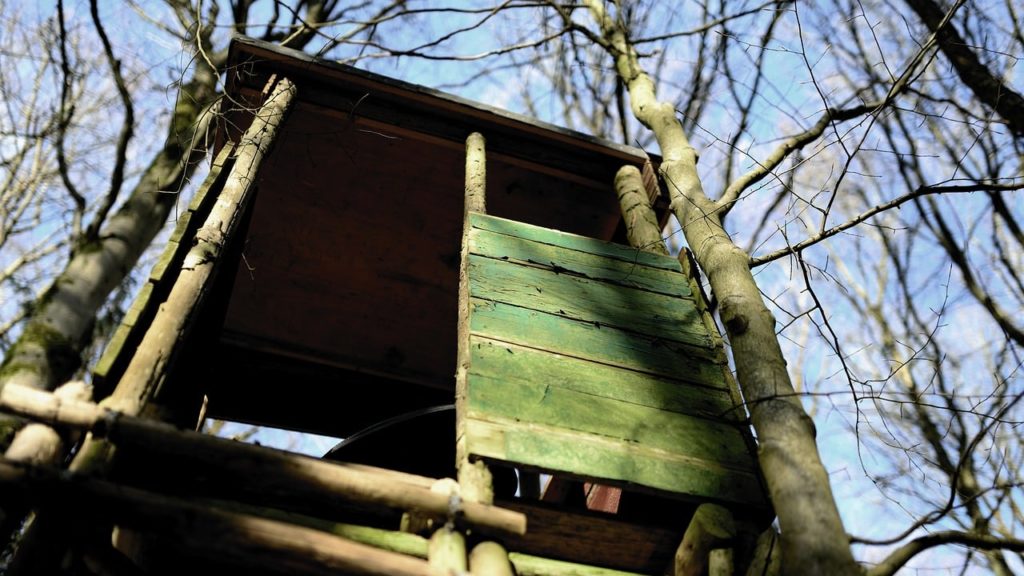Deer hunting excites many people. Many hunters use deer calls to attract deer for hunting. Deer calls are very effective but you should know how to use deer calls properly. We will share our proven calling tips in this article.
How to Use Deer Calls
Deer calls can produce sounds like a fawn, buck, or doe. You can adjust the calls to change the sounds, tone, and volume. Let’s find out more about the deer calls.
Use Natural Tones
Sound is the key to attracting deer to any place. Let us talk in detail about tones and volume control and how to attract deer.
You can adjust your deer calls to produce natural tones and volume. If you blow the call too high, it can cause a sense of fear. If you blow the call too low, it creates a natural conversation with a deer.
Higher volume can make a deer defensive. Low pitch can help in smaller places to attract a deer.
To effectively use deer calls, one must adjust the volume according to the situation. There is no one right method, but some basic guidelines for using the deer calls properly.
Blow the Call
Before blowing, adjust the deer call to get the right tone and volume. This will help in luring the deer without making them suspicious.
Next, put the call on your mouth and blow by exhaling into the call. You can fluctuate the sound by using your hands. You can use air pressure to make the tone can go up or down, producing a high or a low pitch sound.
You must practice getting familiar with the deer calls. Practice will help you control the call and blow the natural tones.
Create the Illusion
Deer calls create an illusion for the deer. The call makes a natural sound to get the attention of a deer and attract it to you.
In larger areas, high pitch sounds can attract the deer who are far. The illusion is effective because it can get the deer to come out and come closer to you.
Different Types of Sounds Used in Deer Calling
Deer calls help attract deer to a place. Deer calls are helpful for interacting with the deer.
Buck roar, rattling, grunts, and bleats are some common calls for attracting deer. Most hunters try to hunt by mimicking one of these sounds.
Buck Roar
The buck roar is used to attract other bucks in the area. When deer are far, Buck’s roar can grab their attention. A high pitch roar attracts the deer, and they get ready to fight with other deer.
Buck’s roar produces an aggressive sound to attract other bucks. Using hands and air pressure, you can produce a high pitch buck roar.
Rattling
Rattling sounds are used to attract deer. Rattling mimics the sound of two bucks rattling their antlers during rut time. It is less aggressive than the buck roar.
A low and high rattling sequence is useful depending on the situation. Low sound can be twenty seconds long, while high sound can be of minutes.
Grunts
Grunt tubes mimic the grunt sound to attract deer. After hearing these sounds, the deer will follow the sound and end up at your site.
Grunt tubes or calls can produce moderately loud sounds that cover a large area. Soft grunt calls are very effective in calling deer during the early season.
Bleats
Grunt Wheeze
For those fortunate enough to hear a grunt wheeze in the field, they know it is one of the sounds from the big bucks.
The grunt wheeze is a strength call. Bucks use grunt wheeze to threaten subordinate bucks. Two short air eruptions followed by a longer one mean, “I am going to take you down.”
You should use the grunt wheeze in the right conditions. Bucks – even big, huge bucks – don’t make this sound often.
Hunters can use the grunt wheeze to elevate the dominant buck’s territorial senses. The grunt wheeze can either attract the dominant buck or send him the other way.
The grunt wheeze deer call won’t work always. It should not be among your primary deer calls. Yet, it has its place at the right time and with the right buck.
Conclusion
Deer calls can help you attract deer in the hunting area. Grunt, rattling, and buck roars are some of the common sounds used by hunters to attract deer.
But you must learn how to use deer calls properly. You must practice getting sound, tones, and volume right.
Right timing is the key for the roar and rattling sounds to attract the bucks. A Rattling sequence followed by Bleat is also quite effective.
Last Updated on April 15, 2025 by Marty Prokop
